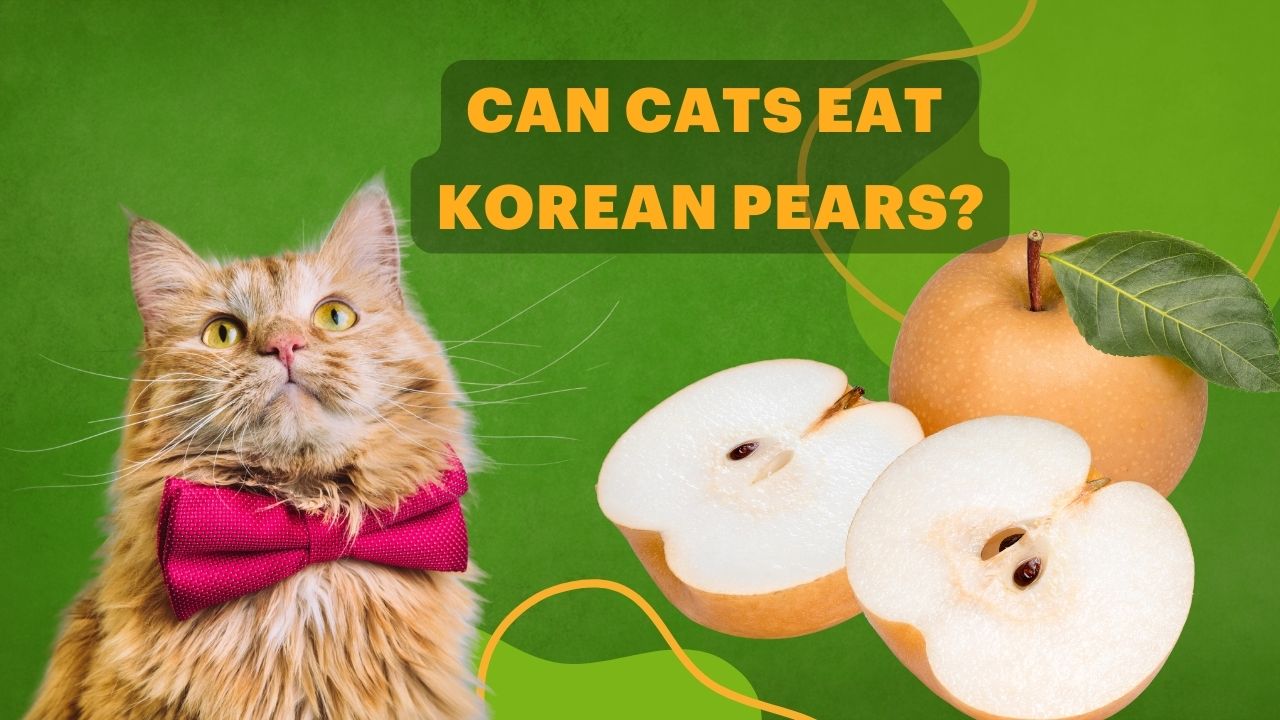
Can cats eat Korean pears? If you’re wondering whether or not your cat can eat Korean pears, you’re not alone—it’s one of cat owners’ most commonly asked questions. Korean pears are famous amongst humans, but can your furry feline friends also enjoy them? This post will provide everything you need to know about whether or not cats can eat Korean pears, including information on the nutritional value of this fruit and its side effects, whether it can cause digestive issues, and more!
Can Cats Eat Korean Pears? Everything You Need to Know
In the United States, South Korea, and other countries, it’s common to eat Korean pears. You may not know that they’re also safe for cats to eat! But before you go out and stock up on Korean pears, read on to learn more about whether your cat can have them and how much Korean pear fruit your cat can safely consume.
What is Korean Pears
Korean pears, also known as Asian pears, are a fruit native to East Asia. The fruits are round and have complex, brownish-yellow skin. The fruit’s flesh is white and crisp, similar to a pear’s. Korean pears are often eaten raw and are a popular ingredient in salads and other dishes.
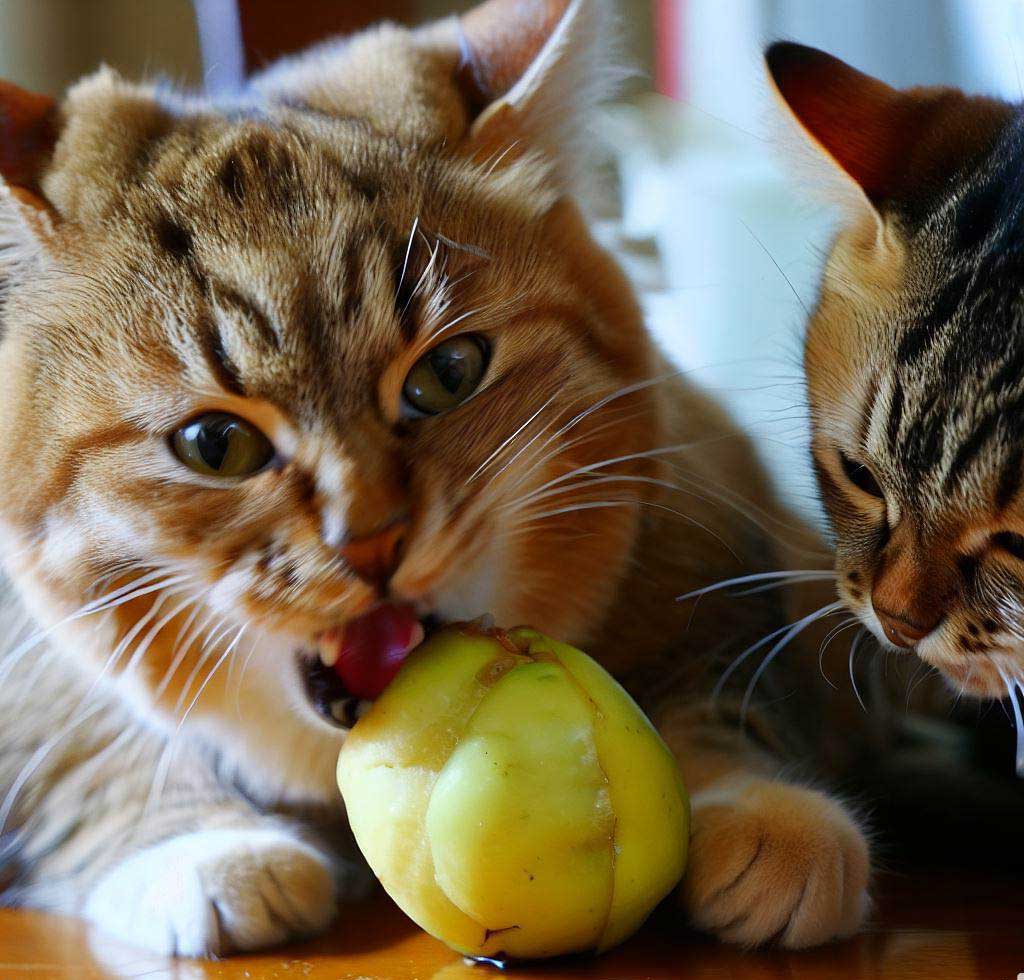
How Do Koreans Eat Them?
Koreans typically eat raw pears by slicing them into thin wedges or shaving them into ribbons using a vegetable peeler. Sometimes they’ll add a pinch of salt to emphasize the pear’s sweetness or drizzle on a bit of honey for extra depth of flavor. If you’re not used to eating pears this way, it can be a bit of an acquired taste. But once you get used to it, there’s no going back!
Are They Good for Cats?
While Korean pears are not toxic to cats, they may not be their best food. Korean pears are high in sugar and carbs, leading to weight gain and other health problems in cats. Plus, the skin and seeds of Korean pears can be challenging for cats to digest. If you give your cat a Korean pear, remove the skin and seeds first.
Is it bad if my cat eats them?
While Korean pears are not toxic to cats, they can cause digestive upset if eaten in large quantities. The best way to avoid this is to feed your cat a small amount of Korean pear and see how they react. If they have no adverse reaction, you can continue providing them with Korean pears as part of their regular diet. However, if they vomit or have diarrhea after eating Korean pears, it’s best to avoid feeding them this fruit in the future.
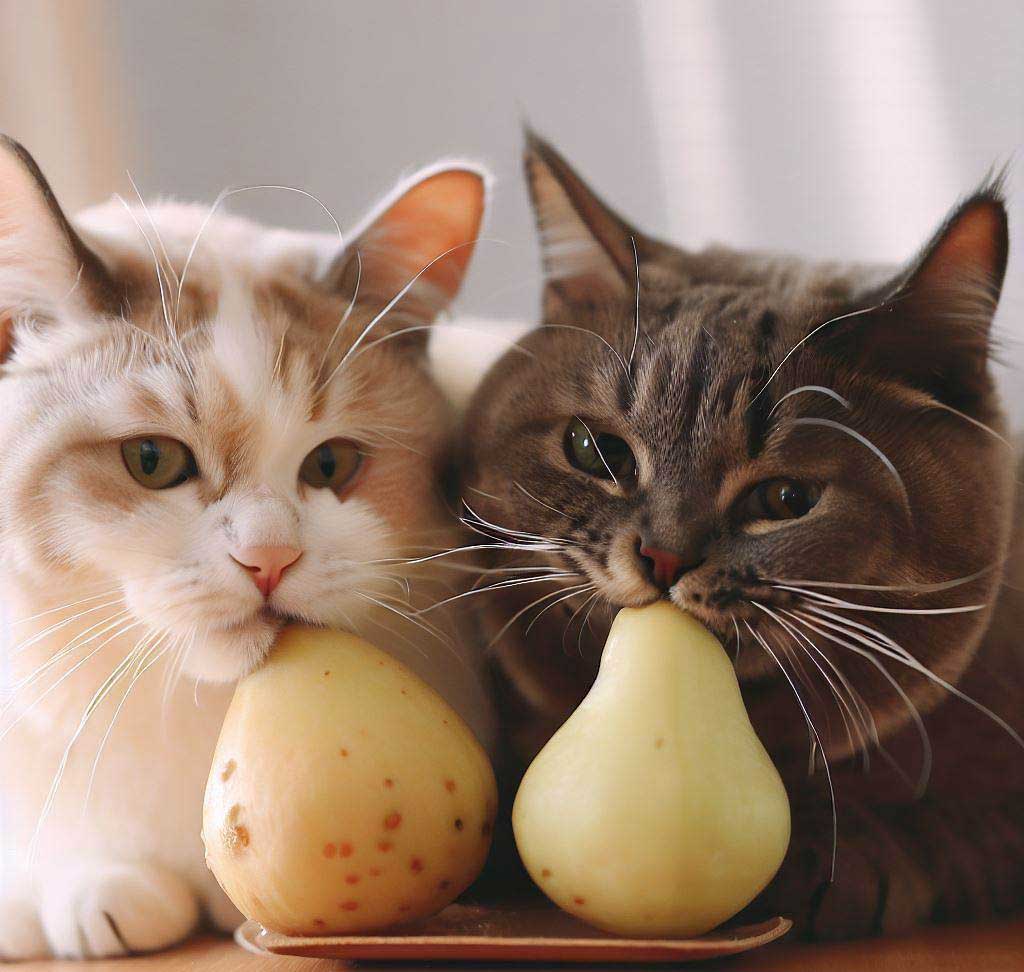
Are they dangerous to my cat’s health?
While Korean pears are not toxic to cats, they can be a choking hazard. If your cat does eat a Korean pear, watch closely for any signs of choking or difficulty swallowing. If you notice any of these signs, contact your veterinarian immediately. In addition, Korean pears contain a sugar called sorbitol which can cause stomach upset in some cats. So, while Korean pears are not dangerous to your cat’s health, it’s best to feed them in moderation.
What happens if I give my cat a pear?
If you’re wondering whether giving your cat a pear is safe, the answer is maybe. While pears are not toxic to cats, they may not be the best fruit for them to eat. Pears contain a sugar called sorbitol, which can cause diarrhea in cats. So, if you give your cat a pear, monitor their bathroom habits and see how they react.
Why Might Cats Eat Them Too?
There are a few reasons your cat might be interested in snacking on Korean pears. For one, the fruit is relatively small and easy for cats to eat. Additionally, the pear’s sweetness might appeal to your cat’s palate. And finally, some believe that the fruit has particular health benefits for cats, including aiding in digestion and helping with weight loss.
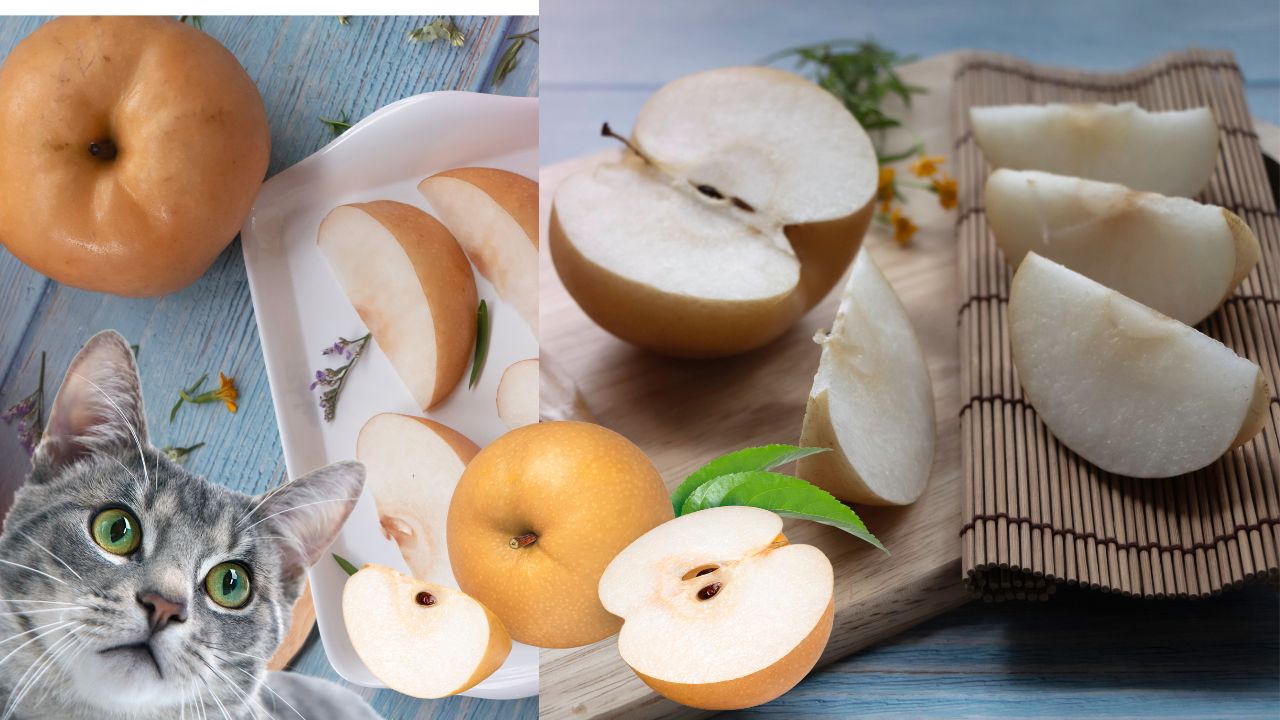
Should You Feed Them to Your Cat?
While Korean pears are not toxic to cats, a few things to consider before feeding them to your feline friend: Korean pears are very high in sugar. Too much sugar can lead to weight gain and other health problems in cats. In addition, the seeds of Korean pears contain cyanide, which is poisonous to cats (and humans). So, if you decide to feed your cat a Korean pear, remove the seeds first.
What If My Cat Has Already Ate One?
If your cat has already eaten a Korean pear, there is no need to panic. The chances of your cat experiencing any adverse effects are very low. However, it is always best to avoid caution and contact your veterinarian if you have any concerns. Symptoms of gastrointestinal upset in cats can include vomiting and diarrhea. If your cat does vomit or has diarrhea after eating a Korean pear, make sure to offer plenty of fresh water and monitor them closely for any further symptoms.
Will My Cat Regurgitate the Pear if He Doesn’t Like It?
If your cat doesn’t like the taste of pears, he may regurgitate them. While not all cats will take to pears, some may enjoy the sweetness of the fruit. If you’re unsure whether or not your cat will like pears, start by offering a small amount. If he wants it, you can gradually increase the amount you give him.
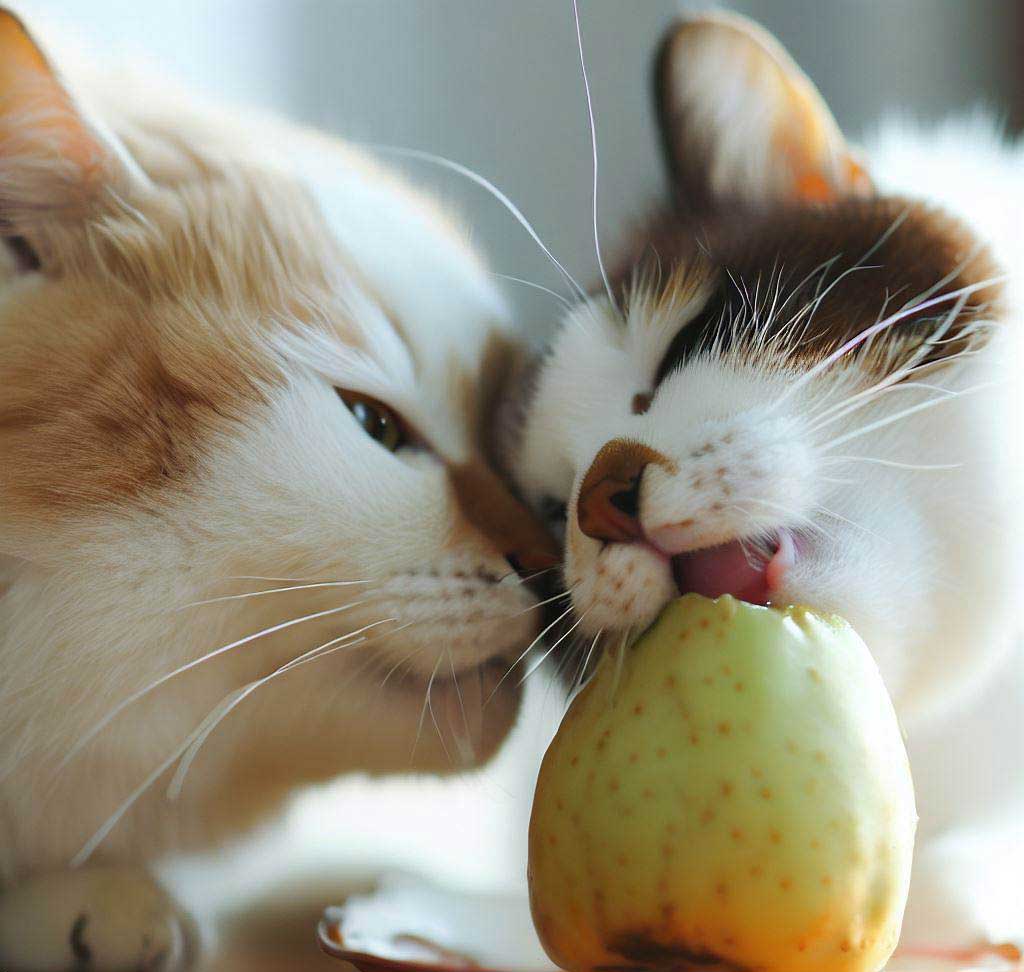
Tips For Introducing Them To Your Cat
1. Start by offering a small number of Korean pears as a treat.
2. If your cat enjoys Korean pears, you can slowly start incorporating them into their regular diet.
3. Always keep an eye on your cat when they’re eating Korean pears, and make sure they’re not having any adverse reactions like vomiting or diarrhea.
4. Some cats may be allergic to Korean pears, so it’s essential to be aware before feeding them this fruit.
5. If you’re unsure whether your cat can eat Korean pears, always consult with your veterinarian first.
6. Remember that every cat is different, and some may not take well to eating Korean pears at all.
Conclusion and last words
In conclusion, cats can eat Korean pears, but they should do so in moderation. As with any new food, you are slowly introducing Korean pears to your cat, and watching for any adverse reactions is essential. If your cat enjoys Korean pears, provide plenty of fresh water to help them stay hydrated. Thanks for reading, and we hope you found this post helpful!

